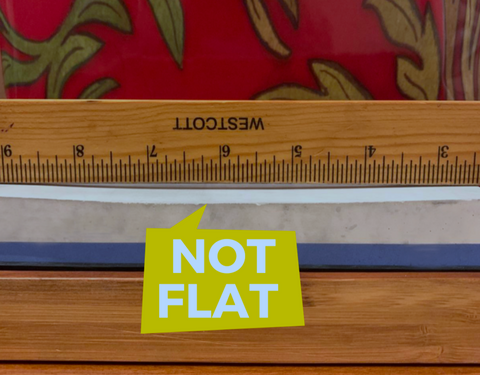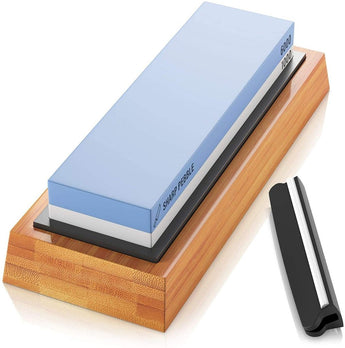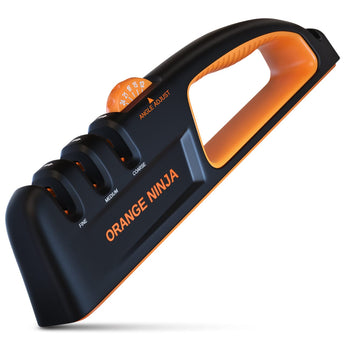
If you’re into knife sharpening, we’re sure you know your sharpening stones or water stones. However, it is quite surprising that even seasoned knife sharpeners tend to get lazy about keeping their water stones in top shape. Not only it increases the effort to sharpen your tools but persisting with a dished water stone will lead to an inconsistent finish to the knife you’re sharpening.
We will show you today that it’s quite easy to maintain your Waterstones and all you need is a few minutes of your time every now and then.
How to determine it’s time to flatten your Waterstone? There are a couple of ways of you can go about it. First, get hold of a sturdy ruler and place it over the primary face of the Waterstone. Now take a view from a side-on angle. You should be looking for a gap between the stone’s face and the ruler. The gap indicates the wear and tear and means your stone needs to be flattened.

Secondly, if the gap isn’t clearly visible, that should not be taken as an automatic assumption that no flattening is needed. To be perfectly sure, try and slide a piece of paper between the ruler and the stone. If the paper passes easily, your stone needs to be flattened.
How to flatten your water stone? Not surprisingly, another stone is used to restore your sharpening stone. These are known as flattening stones or lapping plates. Here’s how to go about the process:
-
Mark your Waterstone. You need to draw a simple grid of vertical and horizontal lines over the stone’s surface. Use a pencil for it. The grid will help you monitor the progress by letting you know that the intended area is being worked on. Once you start to flatten, the lines should start to disappear.
-
After marking the Waterstone, submerge it in tap water for a few minutes along with the flattening stone. The goal here is to stimulate the abrasive ingredients of the flattening stone. Don’t be alarmed if you see bubble formation; that’s normal.
-
Now place the flattening stone on a flat, non-slippery surface. Take your Waterstone and start rubbing its primary face (with the pencil lines) in a circular motion on the flattening stone.
-
Continue rubbing until you start seeing the lines disappear. This means that the water stone is now flat.



